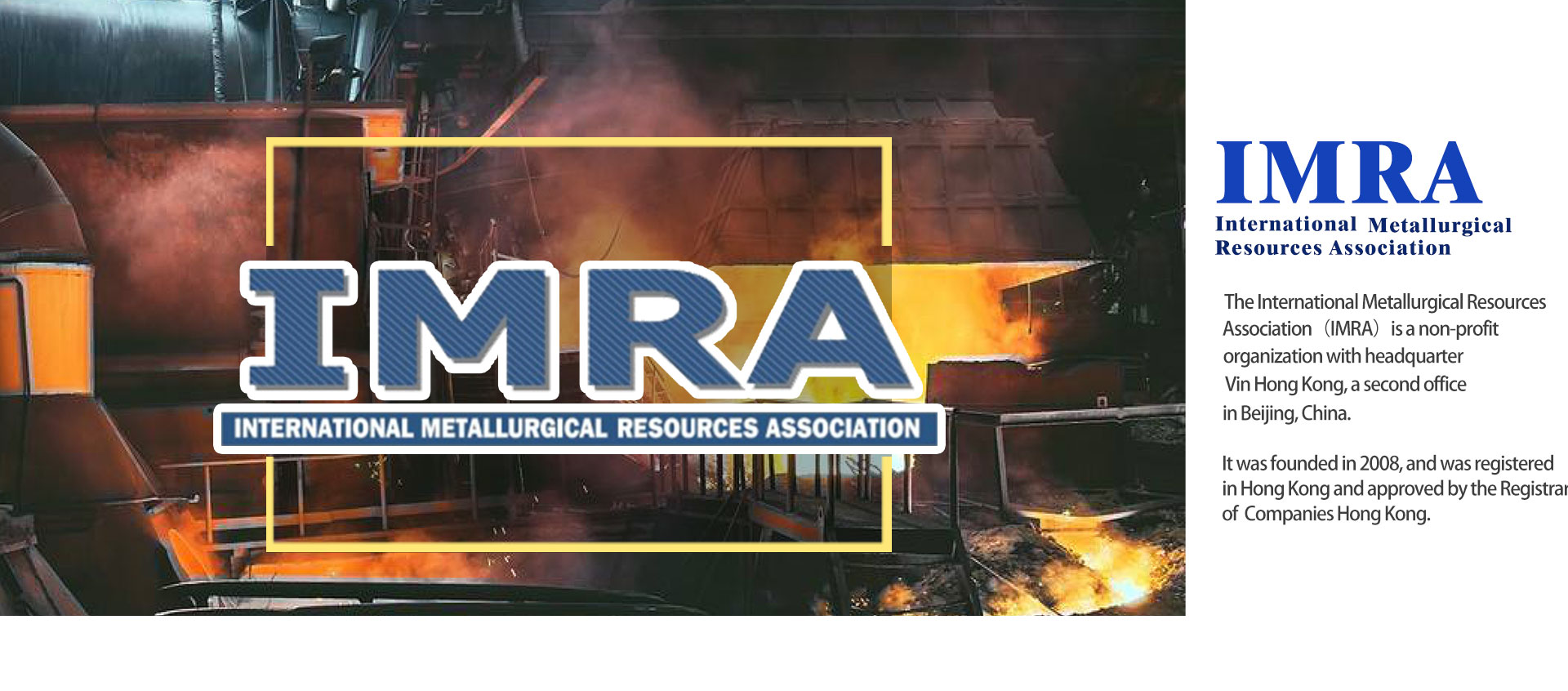Chinese economy gathers steam amid targeted policy mix
Multiple indicators have pointed to improved performance of the Chinese economy in the first half (H1), signaling sustained recovery momentum as the country navigates hurdles and headwinds with a targeted policy mix.
Speaking at a symposium on the economic situation this week, Premier Li Qiang said that the Chinese economy has sustained sound upward momentum and nurtured new growth drivers despite the complex external environment since the start of this year. He stressed that such achievements were "hard-won."
Although there are still many difficulties and challenges, policy measures from the government have continued to take effect, and positive market factors are building up, the premier said.
Upbeat signals
China's foreign trade reached a new high in the first six months, with its goods trade volume expanding 6.1 percent year on year to 21.17 trillion yuan (about 2.97 trillion U.S. dollars), customs data showed Friday.
In particular, export growth continued to rebound, rising 6.9 percent year on year during the period, a figure that foreign news outlets reported as having "beaten forecasts."
Consumer spending has perked up amid the boom of services consumption, as Chinese consumers are more willing to spend on dining, live concerts and trips.
According to data from the China Association of Performing Arts, the country's box office revenue of commercial performance saw a surge of about 13 percent from a year ago in H1, reflecting the growing popularity of culture and art activities among consumers.
The number is largely in line with official consumption data unveiled earlier. In the January-May period, China's retail sales of consumer goods, a major indicator of the country's consumption strength, climbed 4.1 percent year on year, according to the National Bureau of Statistics (NBS).
Investment is another closely watched economic indicator. In the April-June period, the project investment activity index, compiled based on project bidding data by the State Information Center, surged 32.1 percent quarter on quarter, suggesting the robustness in investment activities despite drag from the real estate sector.
Growth of the index indicates that implementation of related projects will be accelerated in the following months, as winning the bid is the first step of delivering projects, said Yang Daoling, division head of the big data development department of the State Information Center.
Tech-related industries have become favored sectors among investors. Data from the NBS revealed that investment into high-tech industries posted stellar growth by notching a year-on-year increase of 11.5 percent in the January-May period, well above the 4 percent headline growth of fixed-asset investment.
Policy toolbox
China has set an annual growth target of around 5 percent for the whole year. In the first quarter, the Chinese economy expanded by 5.3 percent.
While acknowledging progress, Premier Li also stressed the need to maintain clear-minded. He said that factors affecting growth have become more complex than before and therefore addressing these difficult problems in economic operation requires great efforts.
Chinese economy currently faces an increasingly complex and severe external environment, insufficient effective domestic demand and the yet-to-be-strengthened endogenous driving force, NBS spokesperson Liu Aihua cautioned in a press conference in June.
Given that external uncertainties still loom large, fully tapping China's own super-sized market and boosting domestic demand remain key to propping up growth.
To spur market demand, China implemented several measures in June, including expanding its visa-free transit policy, relaxing vehicle purchase restrictions, and promoting the consumption of intelligent, AI-powered electronics.
The country also initiated a new round of consumer goods trade-ins in March. With more subsidies and incentives, the initiative has led to rising sales of products such as cars, home appliances and furniture.
On the fiscal front, China has adopted a slew of proactive fiscal policies, including the issuance of ultra-long special treasury bonds, to boost investment and consumption. Meanwhile, interest rates, re-financing and other monetary tools have also been leveraged to strengthen counter-cyclical adjustments and bolster the real economy.
Apart from harnessing consumption and investment to stimulate growth, China has also introduced multi-pronged policies to cushion the impacts of the property sector.
Measures announced so far include preferential policies for home buyers, a re-lending facility for local state-owned enterprises to take loans and buy commercial homes for affordable housing, as well as a white list mechanism to help cash-strapped developers access credit.
Zhang Bin, deputy director of the Institute of World Economics and Politics at the Chinese Academy of Social Sciences, said insufficient demand is still the major problem stalling China's economic operation. He called for efforts to further strengthen counter-cyclical adjustments by leveraging fiscal and monetary policies.
During the economic symposium, Premier Li stressed that policy measures should be centered on achieving this year's economic growth targets.
China should further ensure solid macroeconomic policy delivery, work to leverage policy synergies, enhance the effectiveness of policy implementation and facilitate the sustained and healthy development of the economy, Li said.
Source: Xinhua, July 14, 2024


